October 25, 2019
Have you wanted to start preserving flowers but are unsure what you should use? This is completely understandable. After all, there are many different methods of flower pressing, let alone materials available on hand to use. I am excited to share with you the best materials for pressing flowers!
Throughout my years of saving flowers I have used some unconventional pressing materials. The instance that sticks out most vividly in my memory was when I was given a beautiful orchid with my drink at a bar. I knew I had to save that flower, but I definitely did not have a flower press or even a book on my person. Luckily, I was able to tuck that bloom into my checkbook. It even ended up pressing beautifully!
While a checkbook may not be an ideal flower press, it works in a pinch. In order to prevent you from being in such a bind when you choose to press your own flowers, I thought I would make a list of the best materials to use when pressing flowers.
5 Recommended Materials for Pressing Flowers
1. Books with Breathable Paper
When you are first starting to press flowers, it is best to use just a simple book. This way you can get a feel for the process. I have a great post on how to get started with book pressing here. However, some books are better than others when it comes to saving blooms.
Have you ever noticed how certain books have very papery pages? This may sound redundant, but I am talking about the books that will be ruined if you spill on them. Think phone books, paperback novels, etc. These are actually ideal for flower pressing because they are more breathable. I have included a picture of a dictionary below, the perfect example:
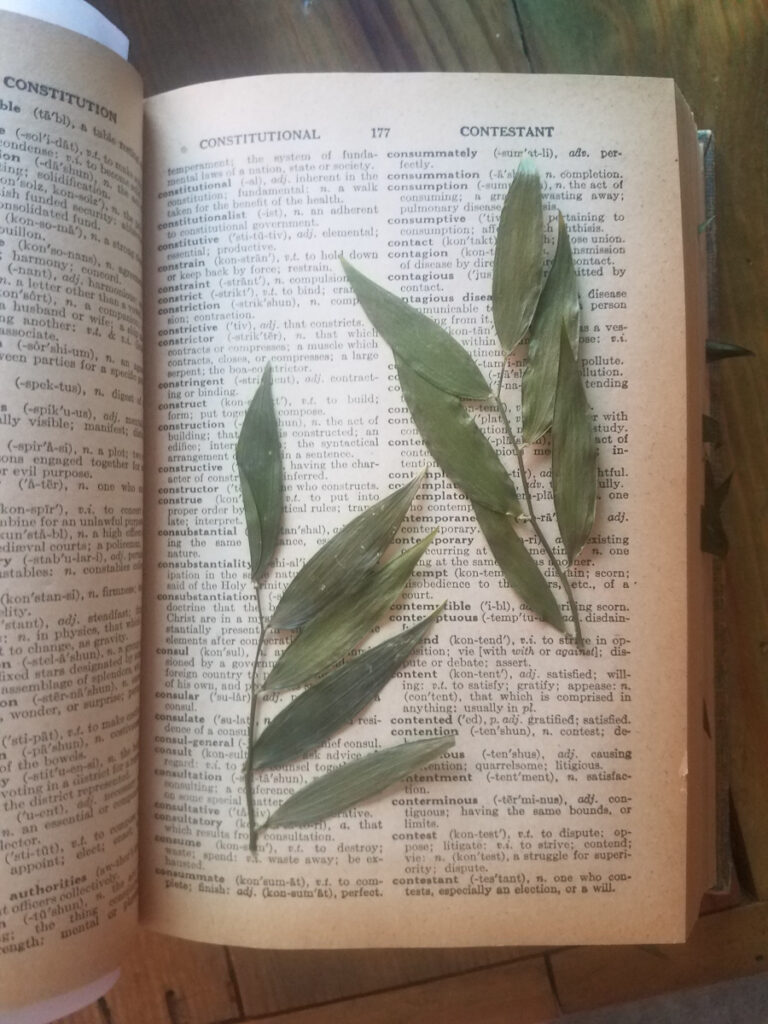
An example of a not so great book for flower pressing would be one with waxier pages. These are typically college textbooks or heavy duty hardcover books. The perfect books to spill coffee on when you are in a rush to finish an assignment. However, these books are not as breathable, putting your flowers at risk for mold. An example of one such book is below. You can tell it has shinier pages with a different finish as it reflects the light.
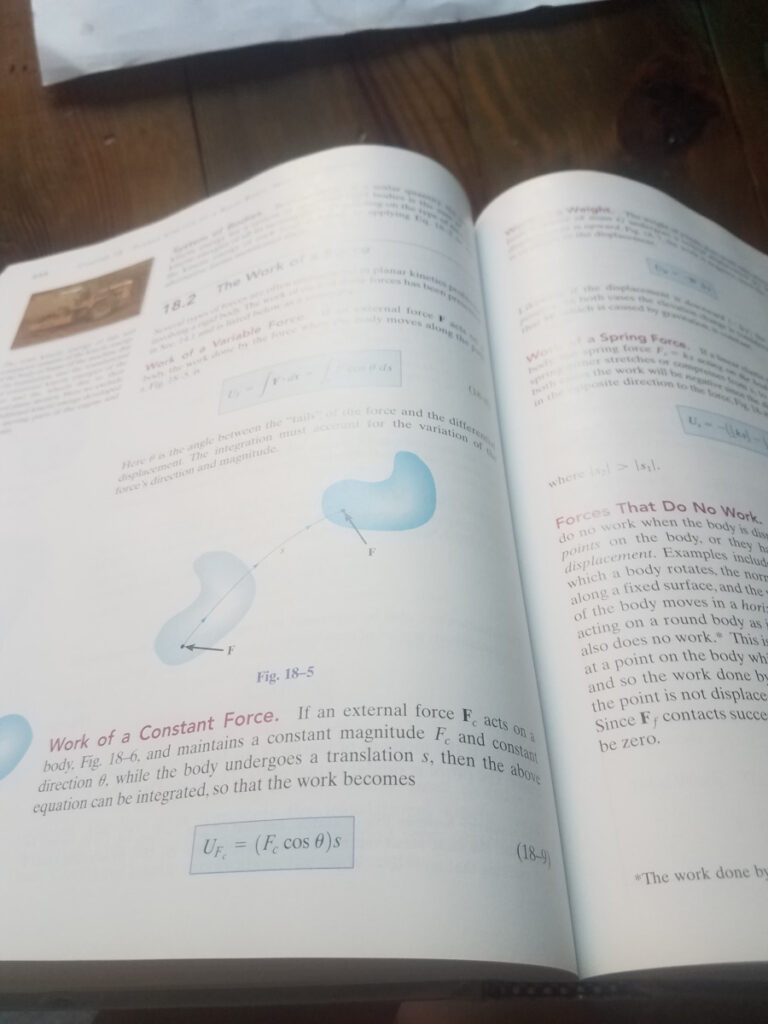
2. Clean Paper with No Ink or Markings
Fresh flowers hold a lot of moisture. Have you ever seen a newspaper bleeding ink on a rainy day? This is exactly the type of thing you want to avoid with your pressed flowers. There is always a risk of paper transferring its ink onto your flowers. Instead, use plain paper with no typing.
I use clean printer paper. When it gets moist, I change it out for fresh, dry paper and set aside the wet paper to dry. I have included a picture of the copier paper I use for pressing.
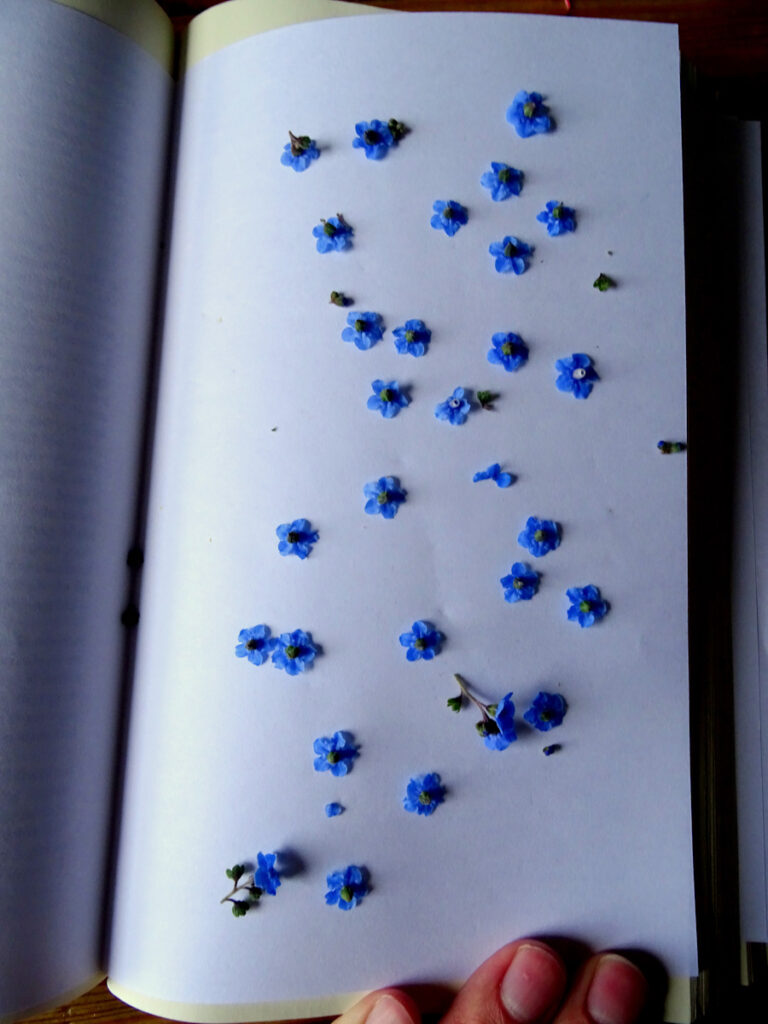
I am a huge advocate of reusing pressing paper. I think we need to reduce waste as much as possible with this art form. However, if you have a piece of paper stained a deep purple from the mum you pressed months ago, save that paper for a similarly colored flower.
3. Paper Towels Without Texture or Patterns
When I first started seriously pressing flowers again in my teenage years, I occasionally used paper towels in the books. It made complete sense since paper towels absorb moisture. Little did I realize that every wavy pattern on that paper towel was going to be pressed into my pretty flowers. Ever since that experience, I have avoided using paper towels unless there are layers of paper between them and the blooms.
You can have success with paper towels that have no patterns or textures whatsoever. These are the towels you usually see in public restrooms – completely flat.
4. Easy to Use Flower Presses
I love flower presses. Not only do they do the specific job you ask them to do, but they are also aesthetically pleasing. I have not used flower presses as consistently as other modes of flower pressing. The main reason is that they are usually a pain to open and close.
Thick flowers need to be checked during the pressing process and the pressing paper needs to be changed to prevent moisture retention and molding. Most flower presses feature wing nuts that take a long time to screw and unscrew. Instead, I like to use a flower press that is either held together by rubber bands or quick close mechanisms. My father and I created a set of easy to use flower presses, and I hope to make more soon! These featured rubber bands that you simply slip off when you want to check on your flowers.
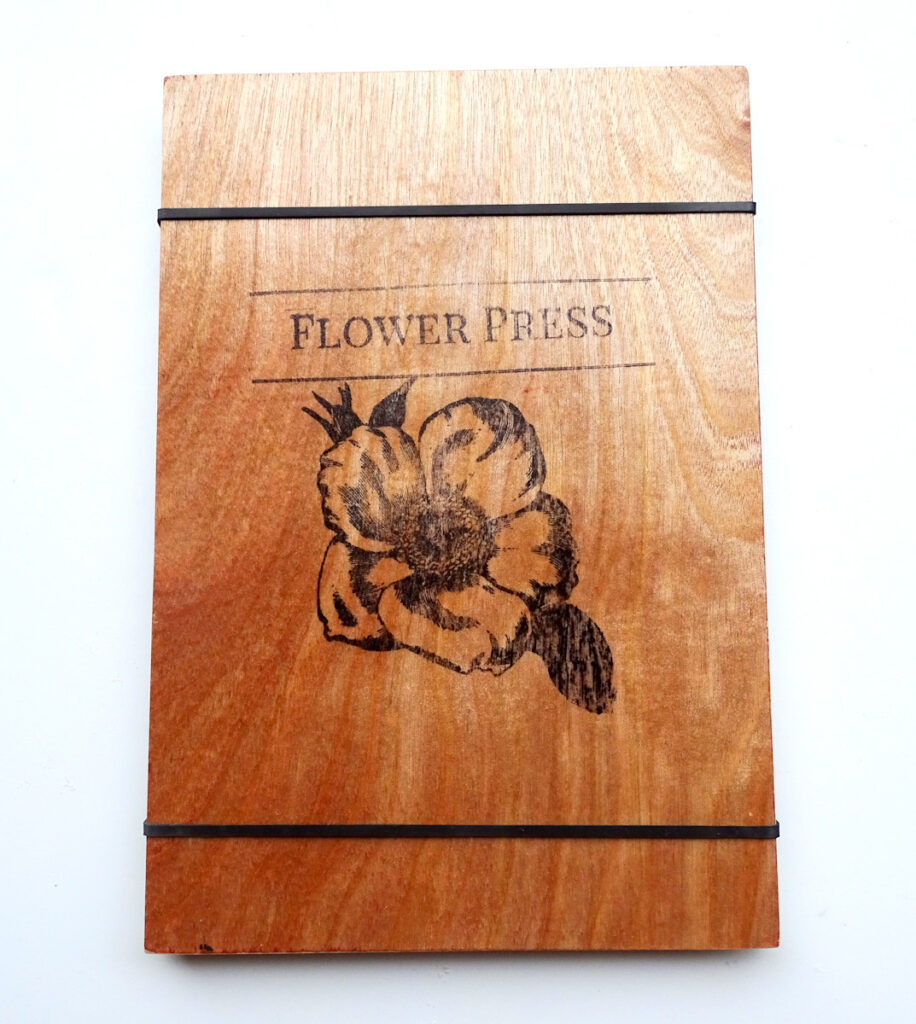
5. Excellent Quality Microwave Presses
My last and very well loved recommendation is a great microwave press. My favorite brand is Microfleur. These presses help you to preserve the thick flowers that typically cannot be pressed easily using traditional methods. Microfleur is a tried and true brand for me. I have had mine for about eight years, and I love it. Here is an image of some small roses I pressed with mine:
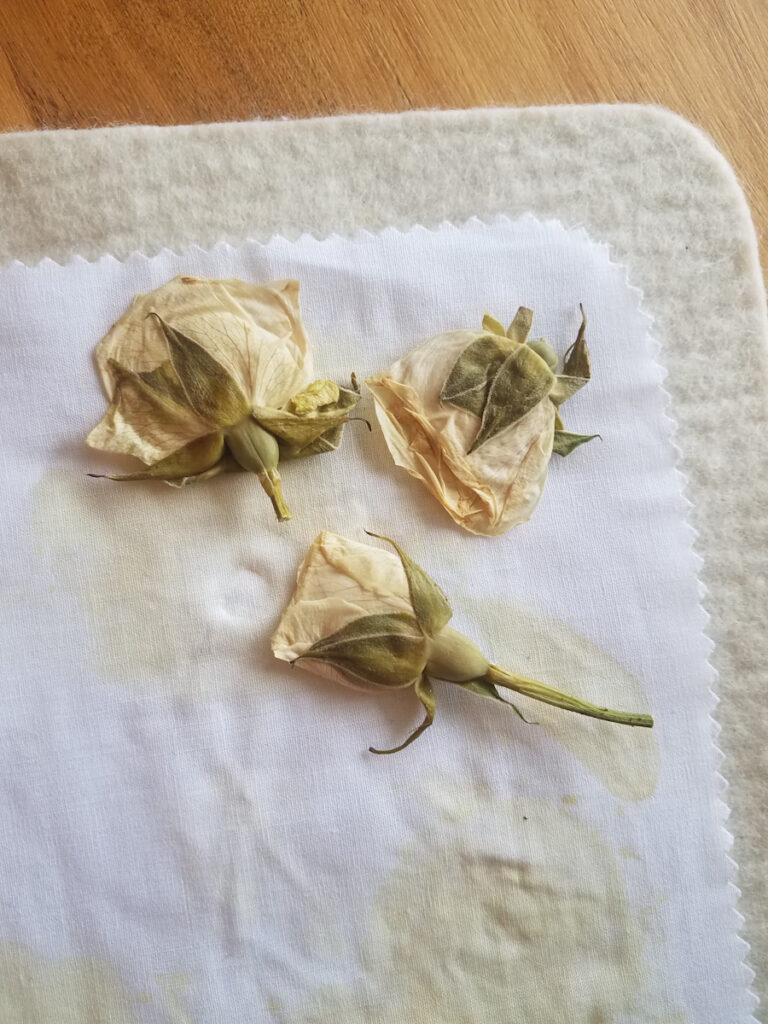
I hope these suggestions help you out on your flower pressing journey. I would love to hear what you recommend for saving flowers!
Ps – Check out the flower presses I have for sale in my Etsy shop here.
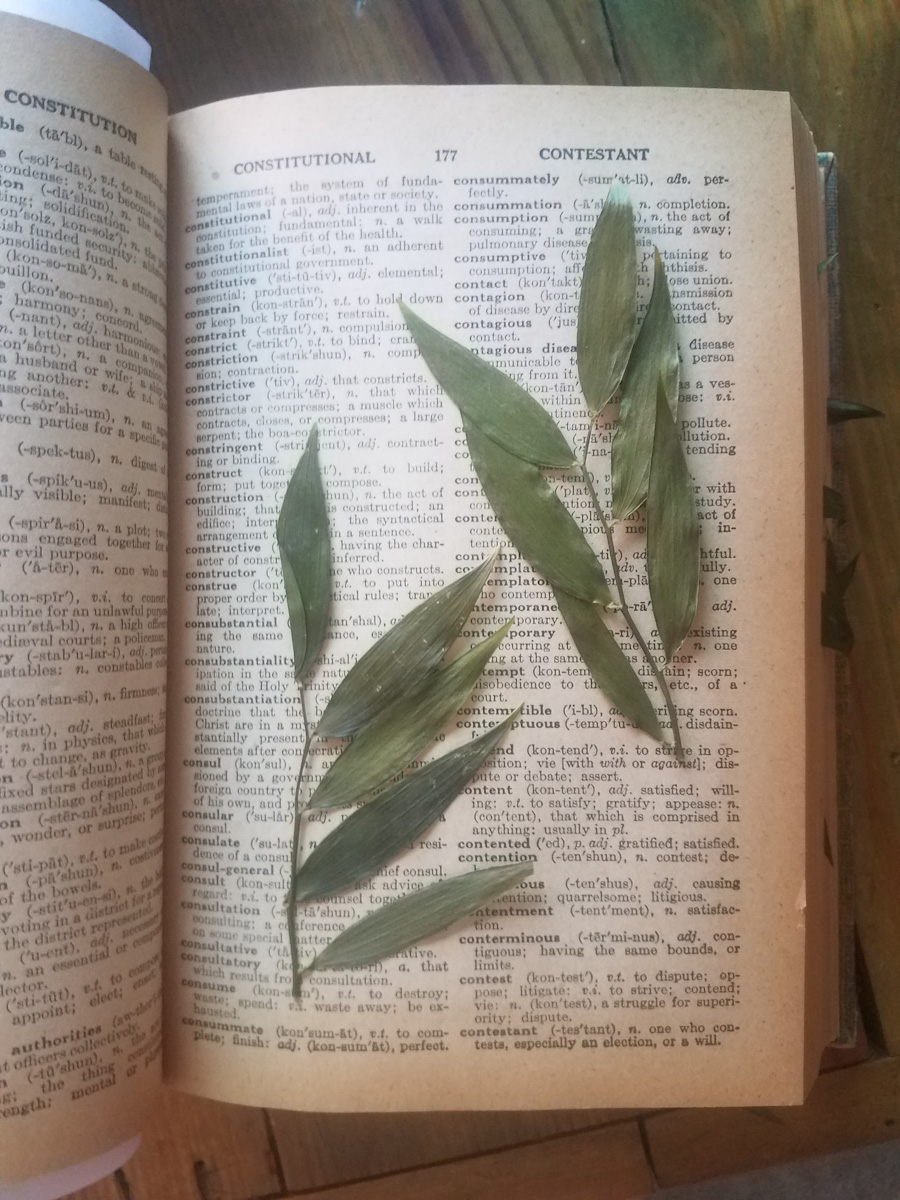
Comments